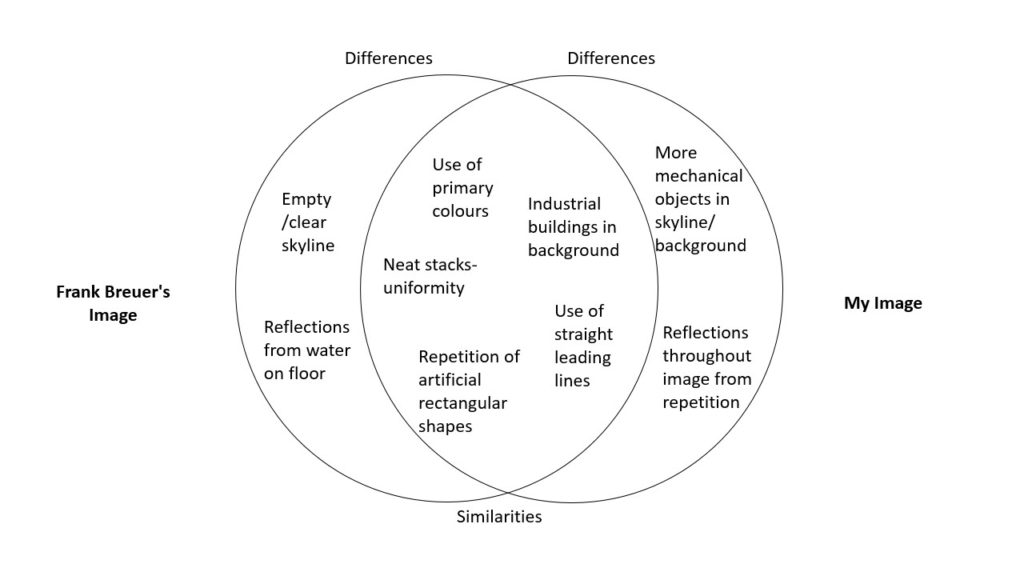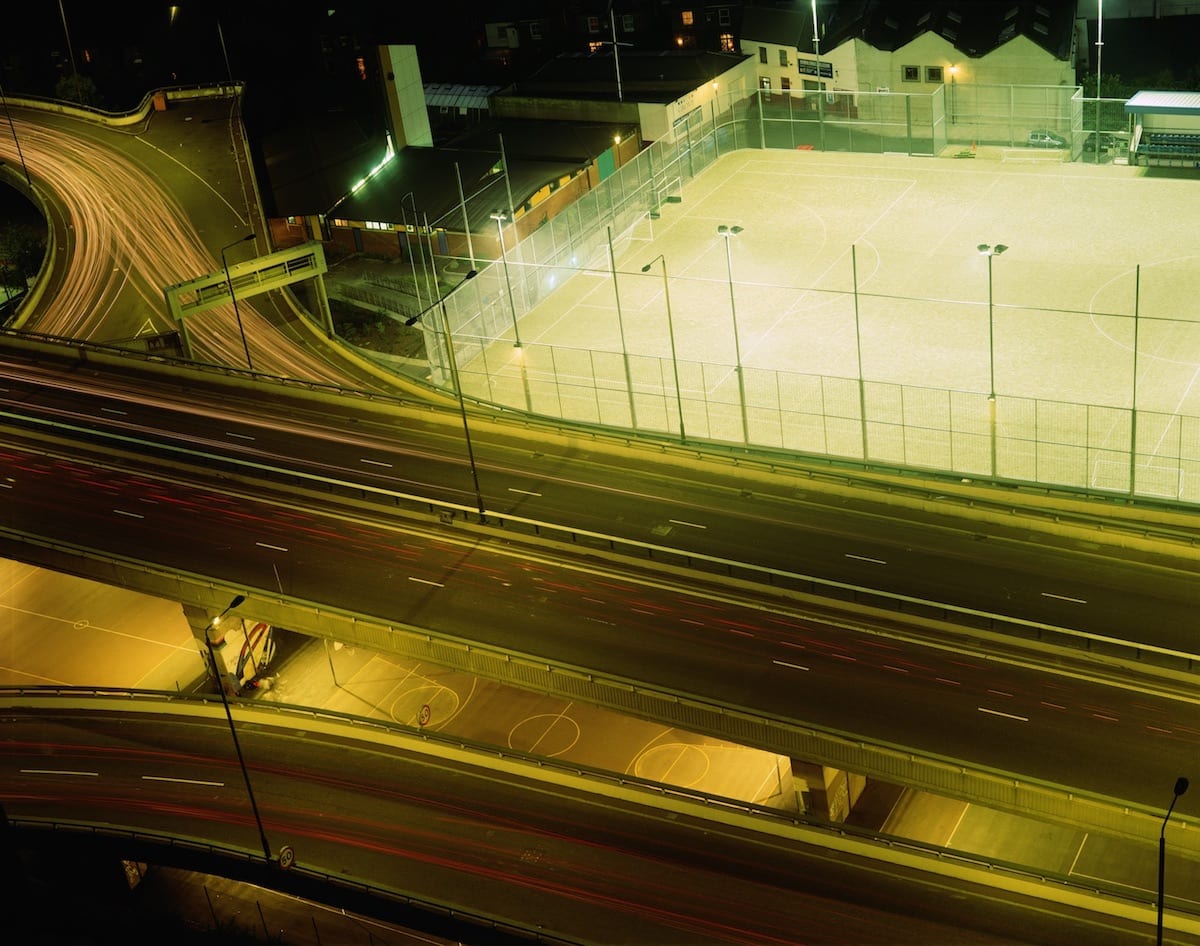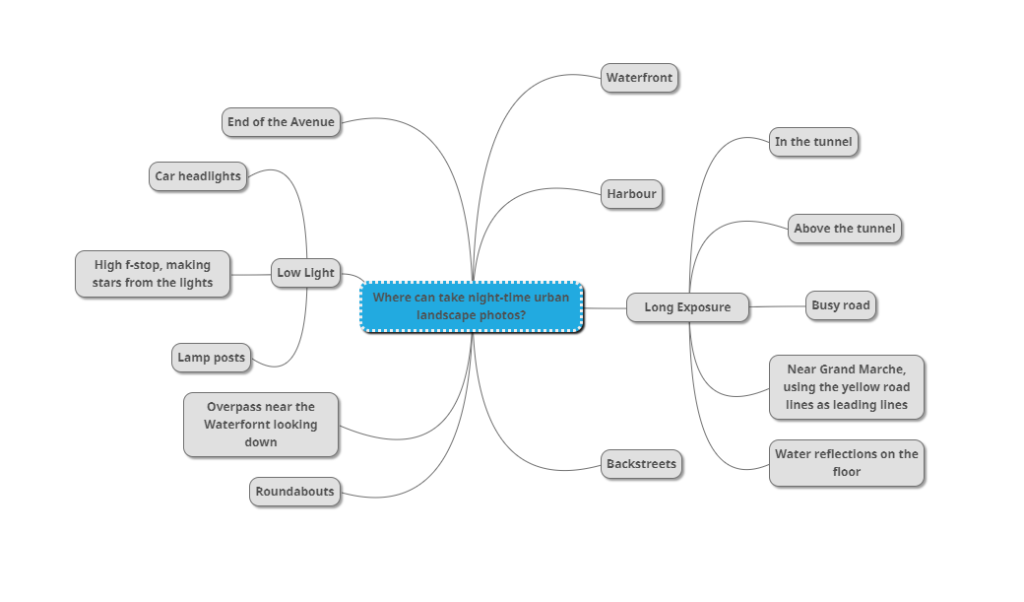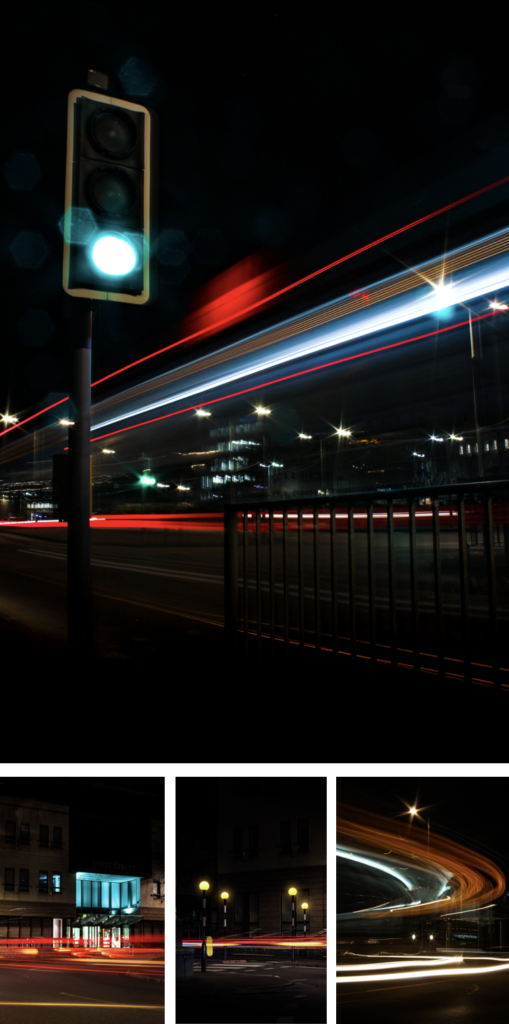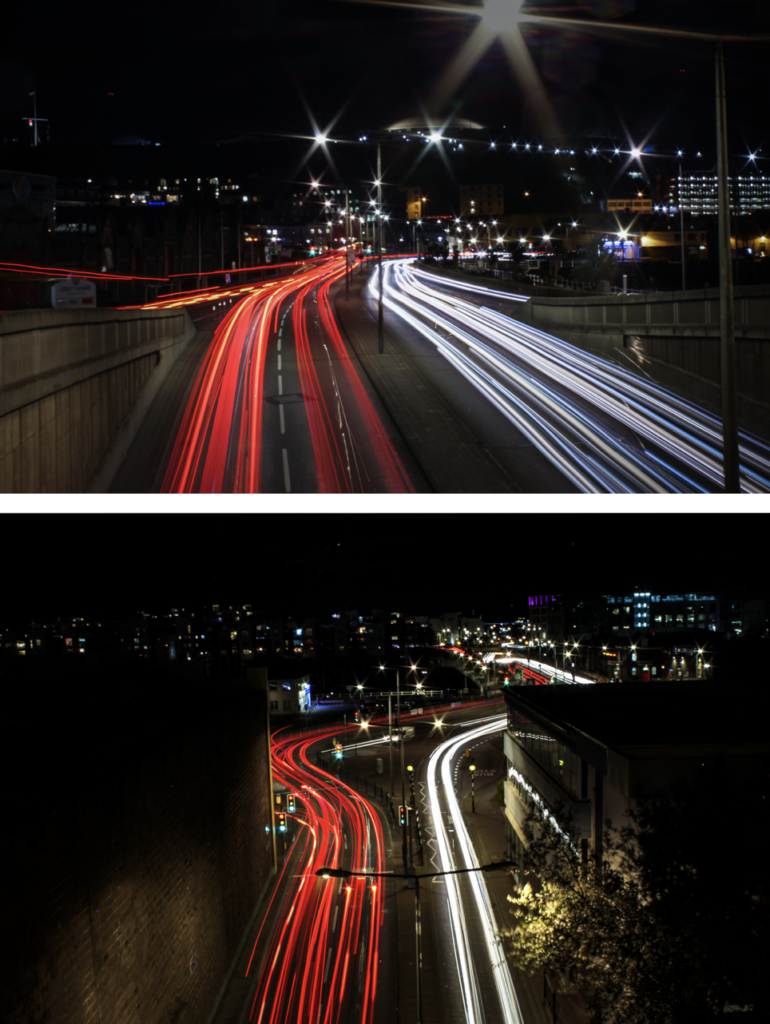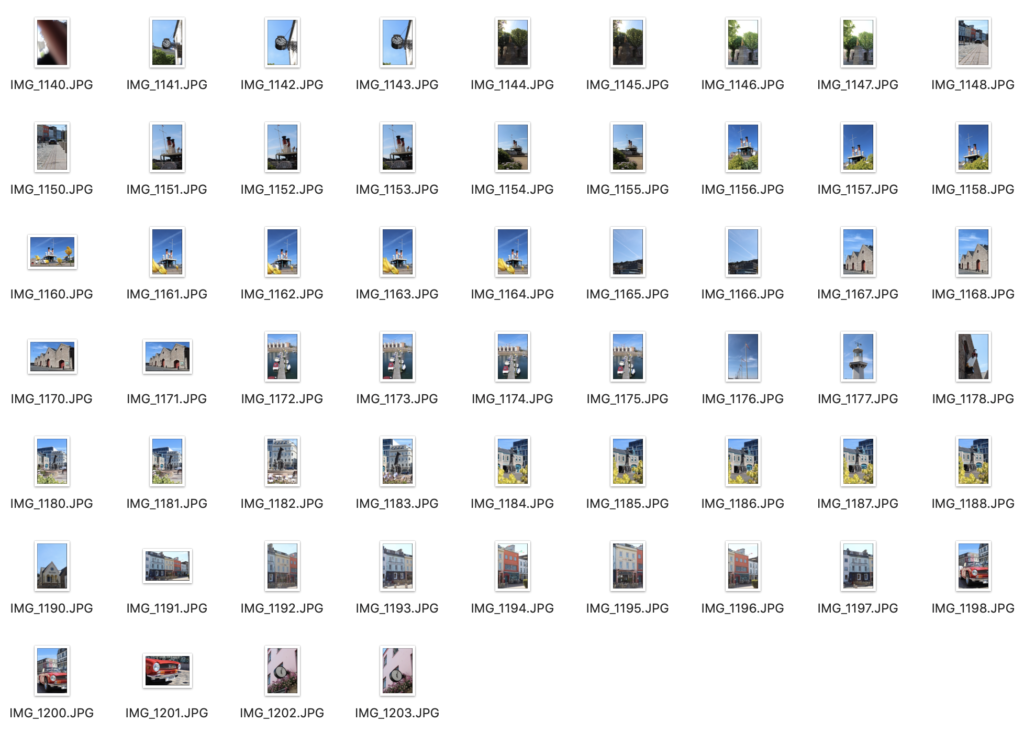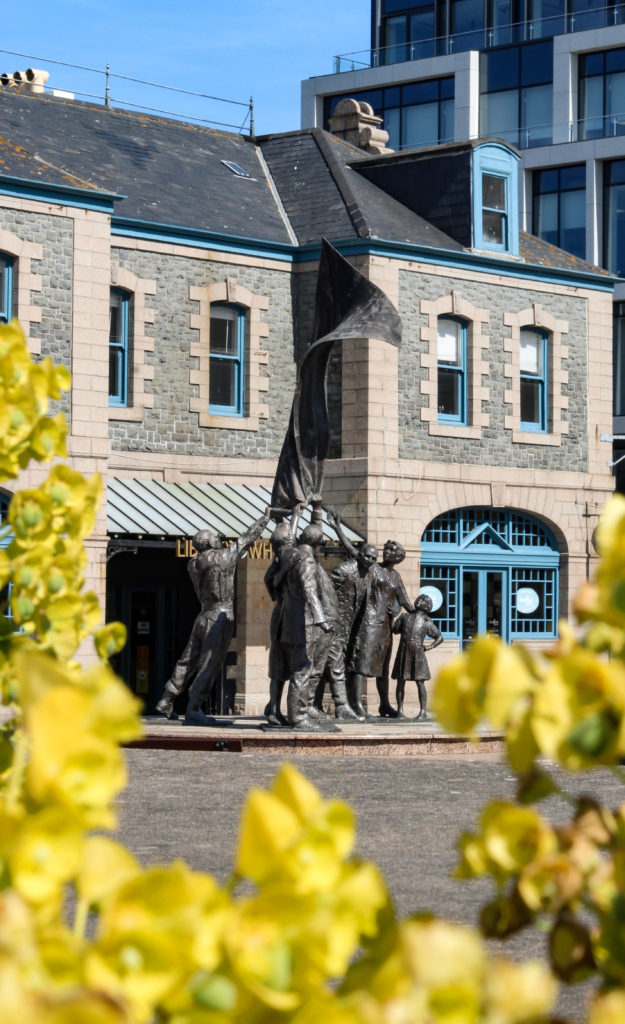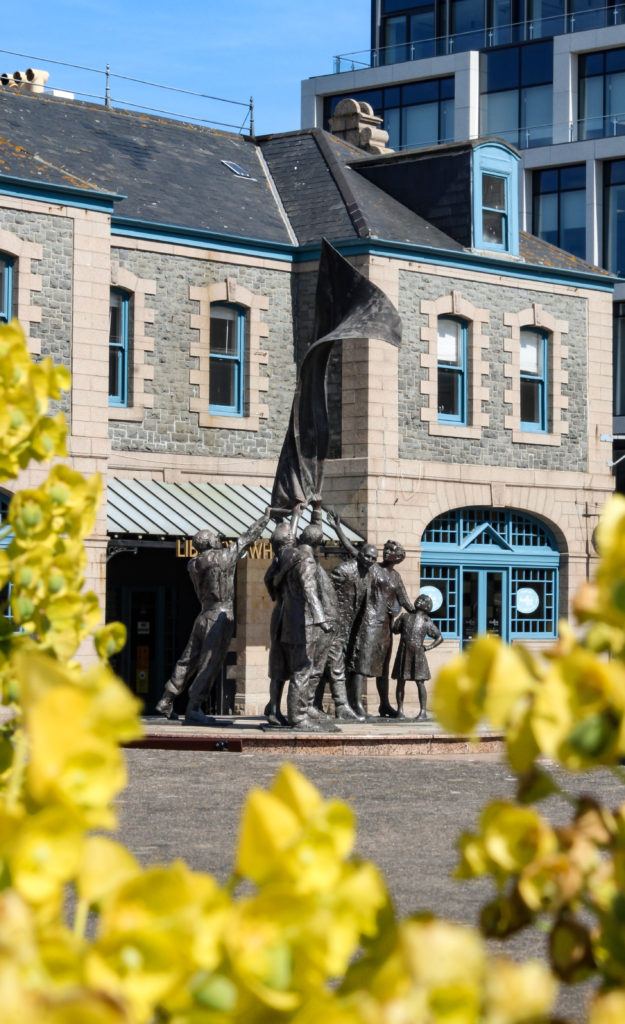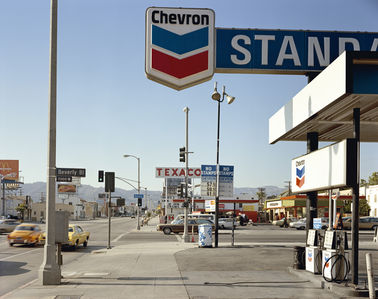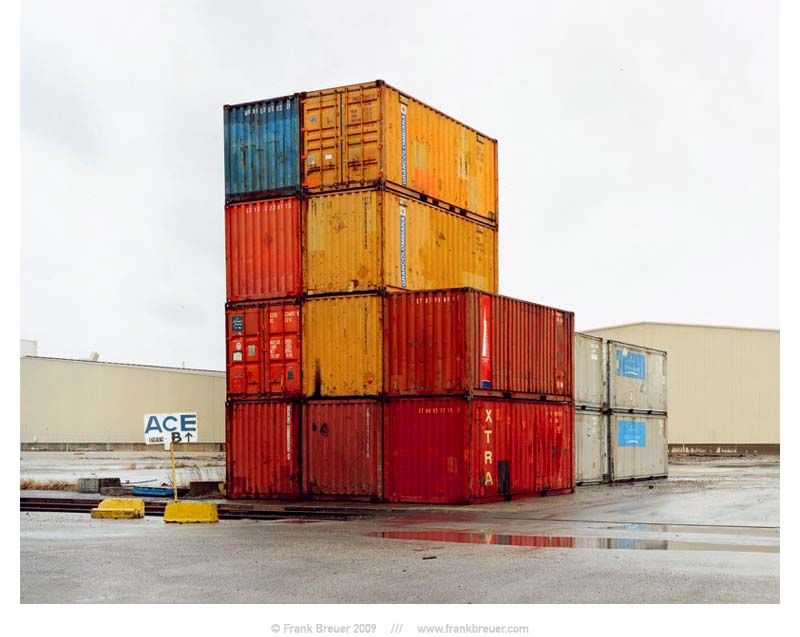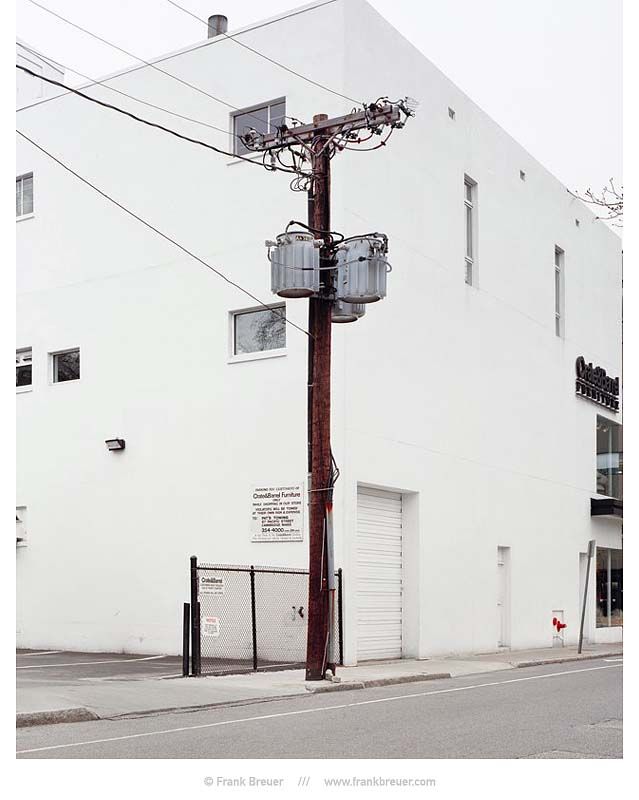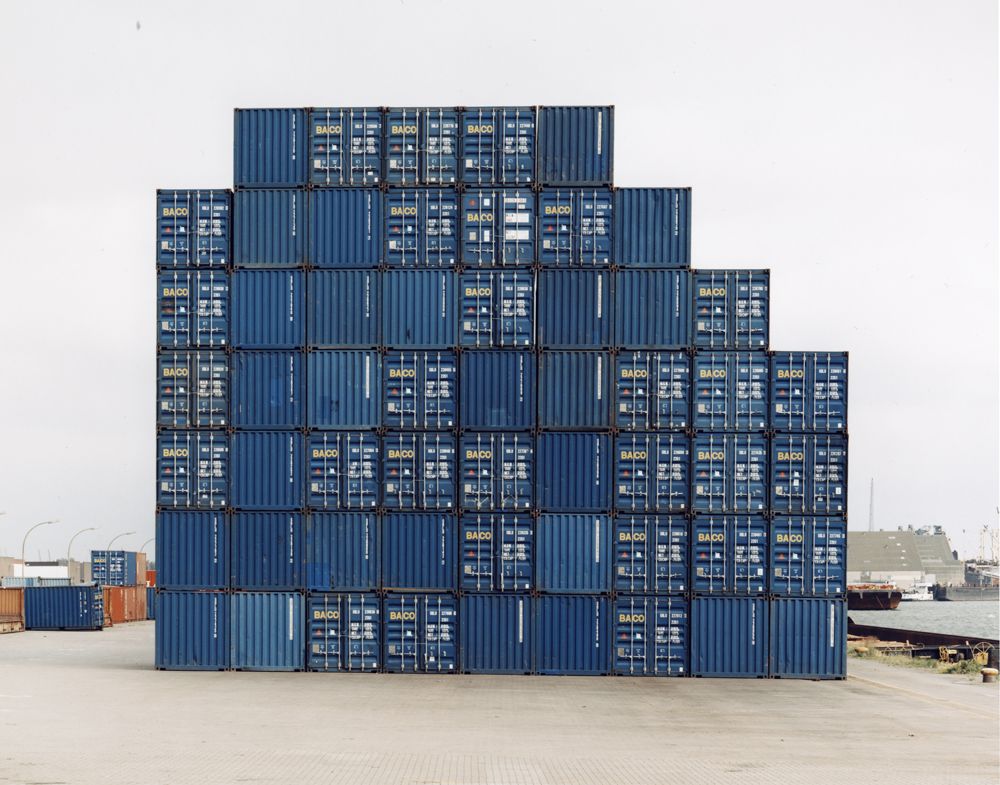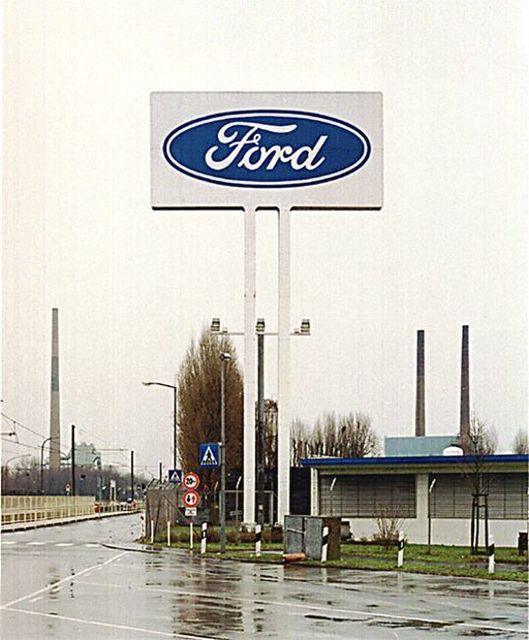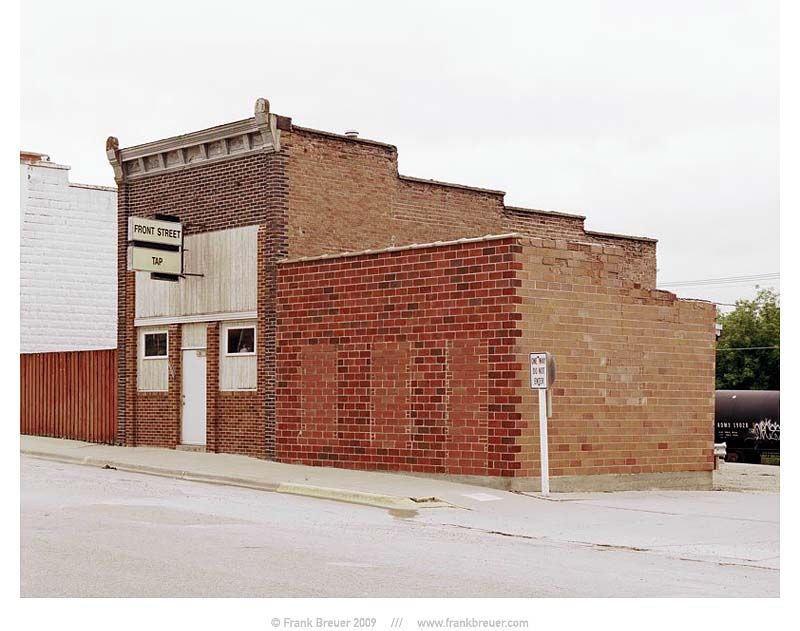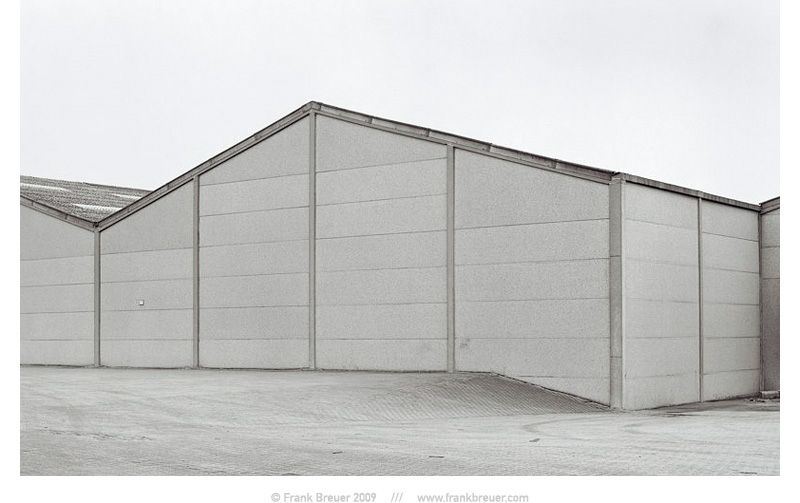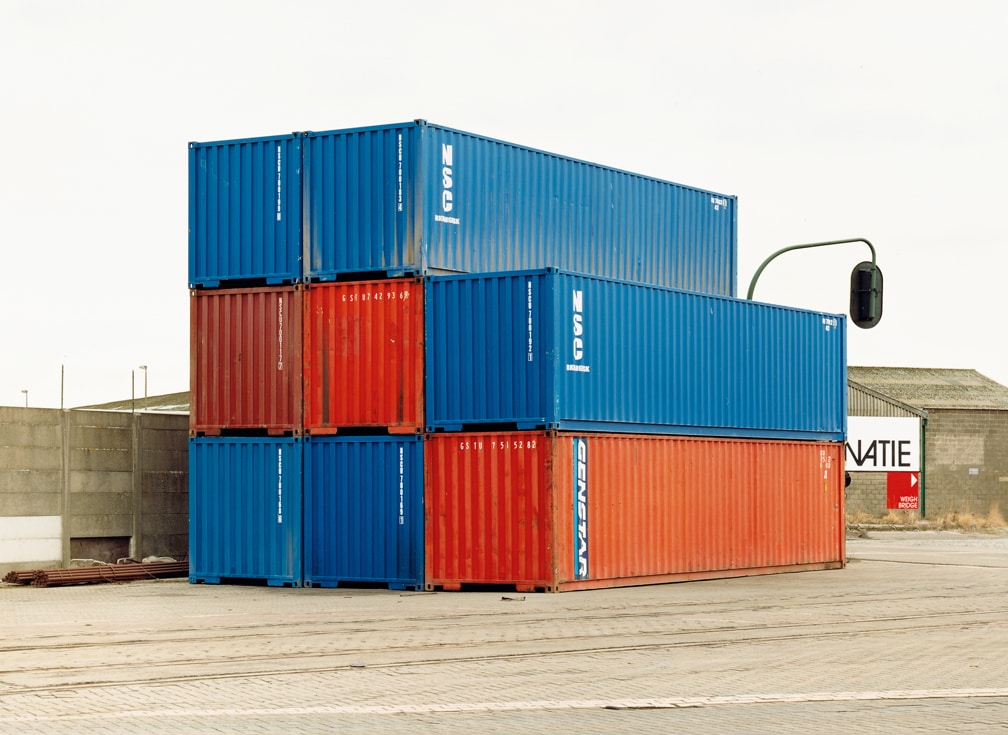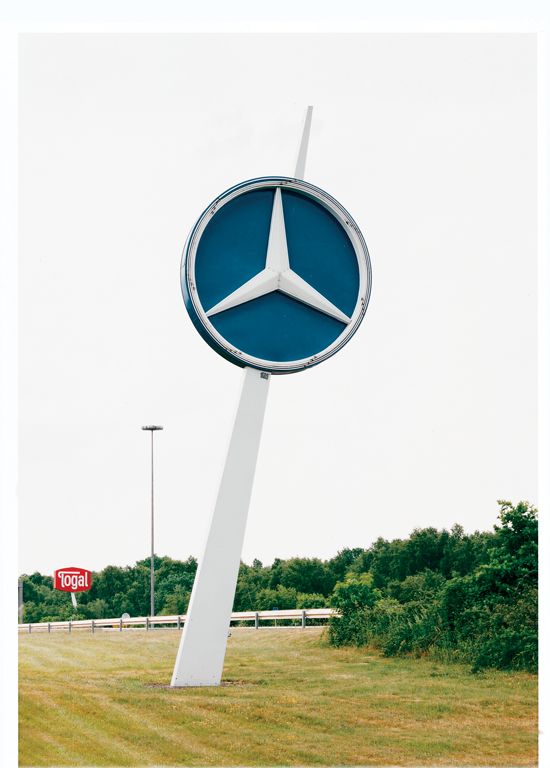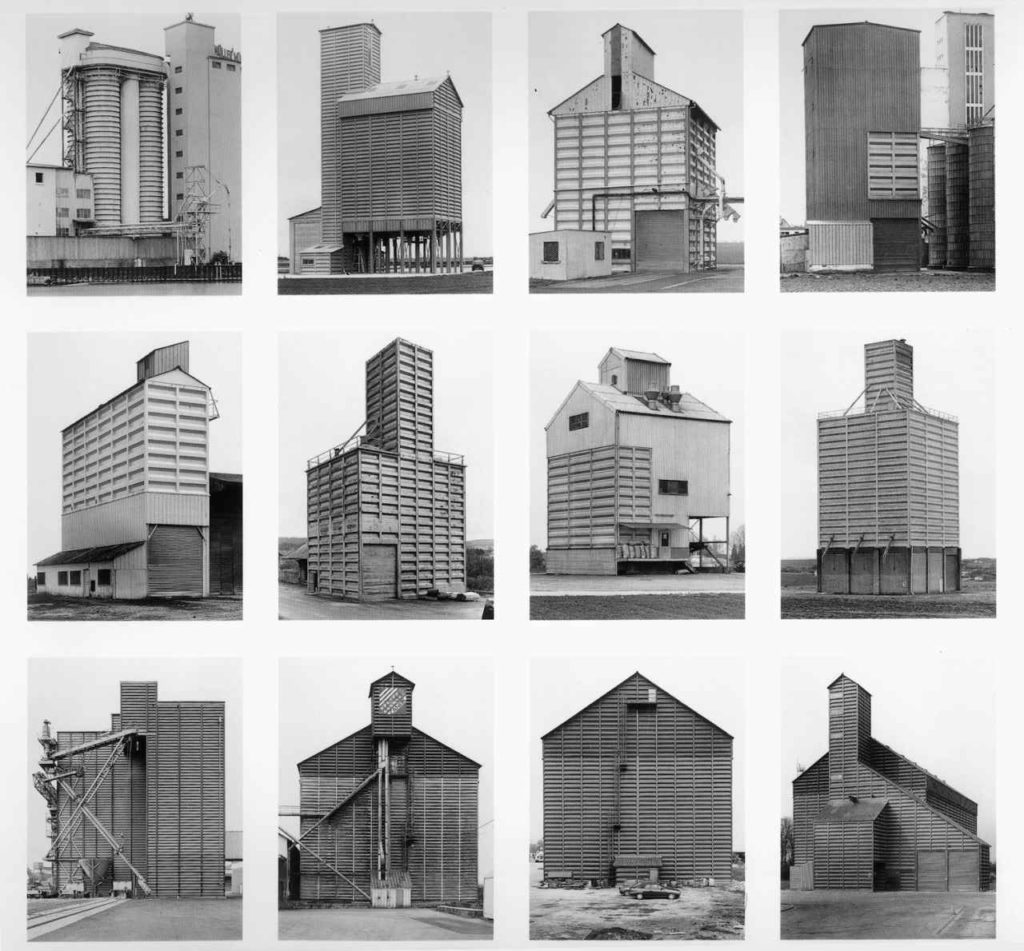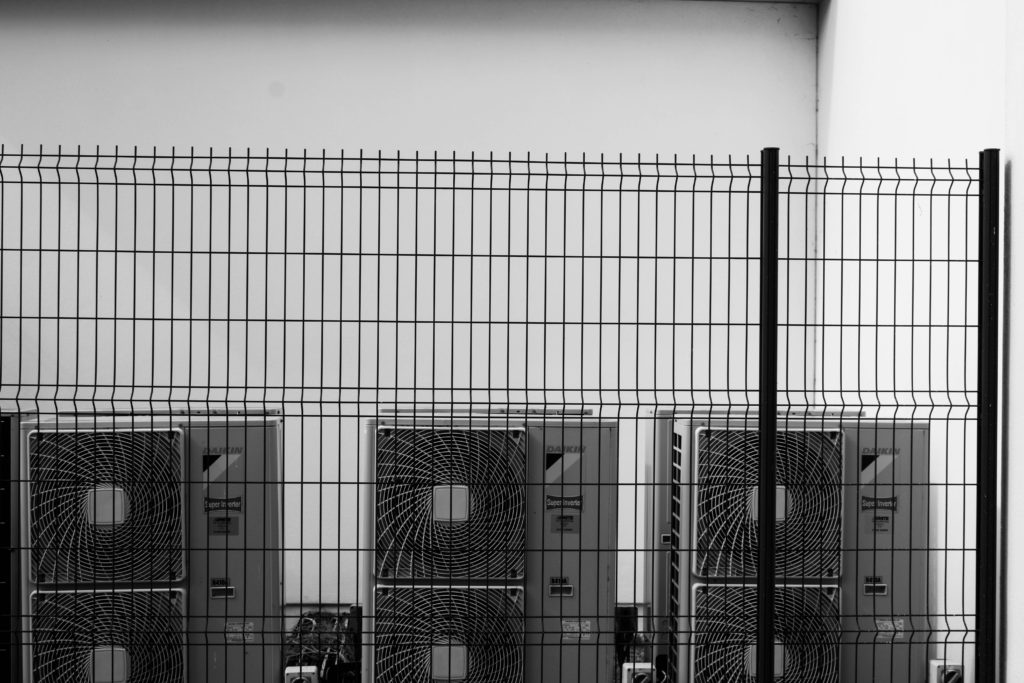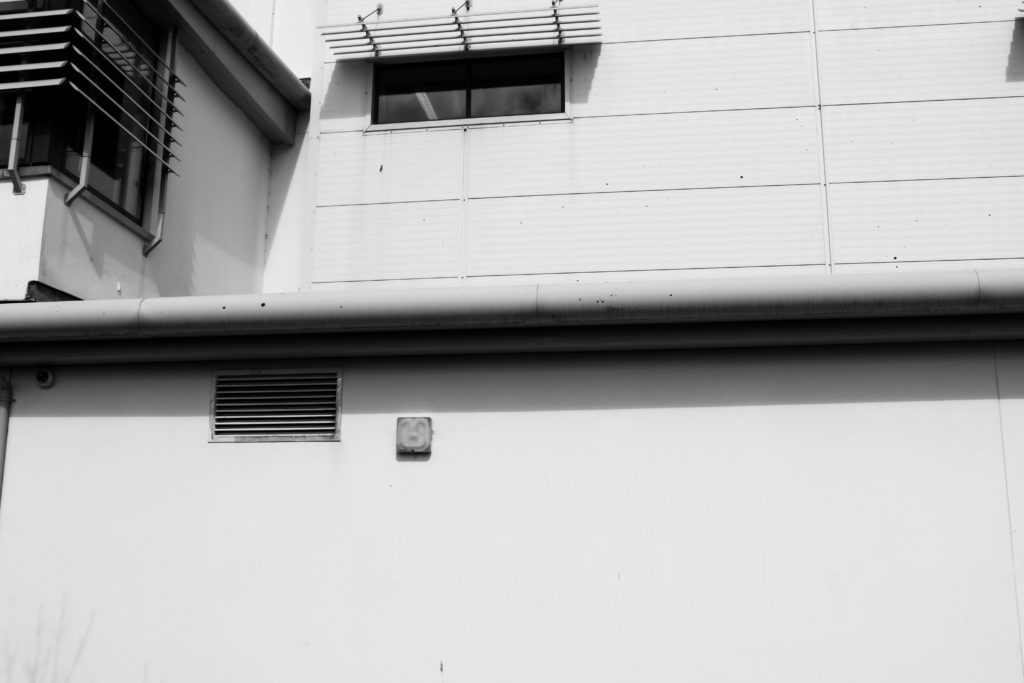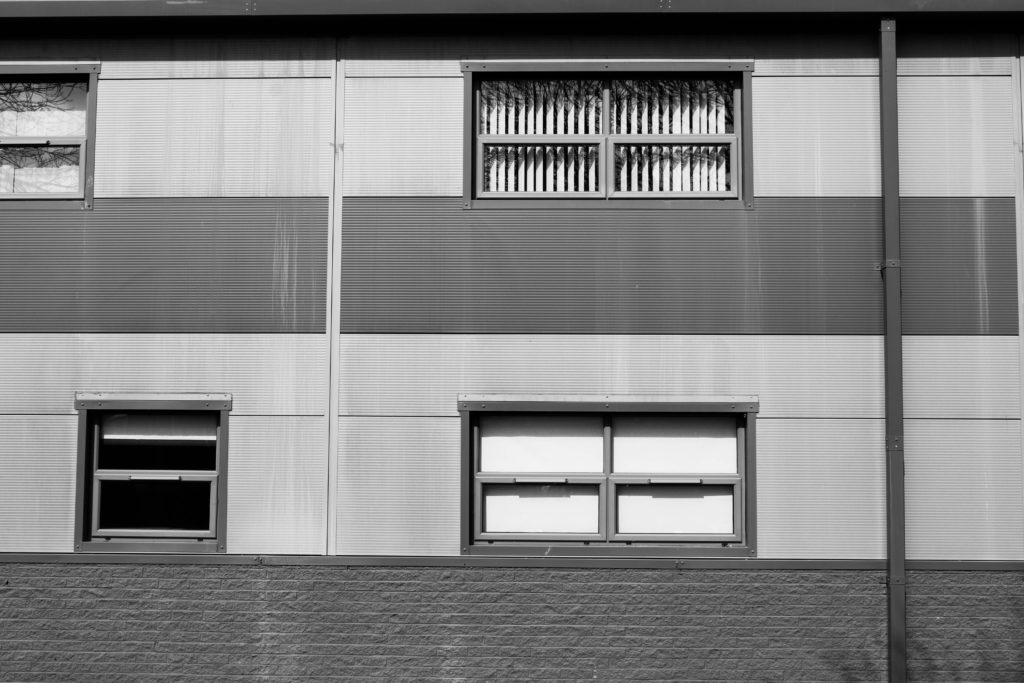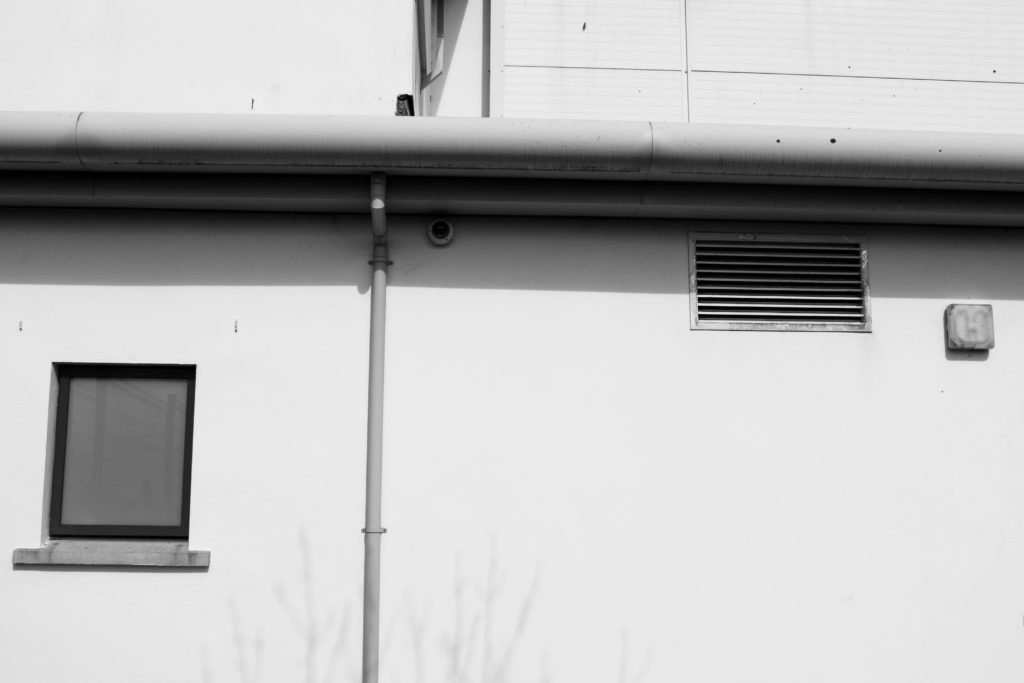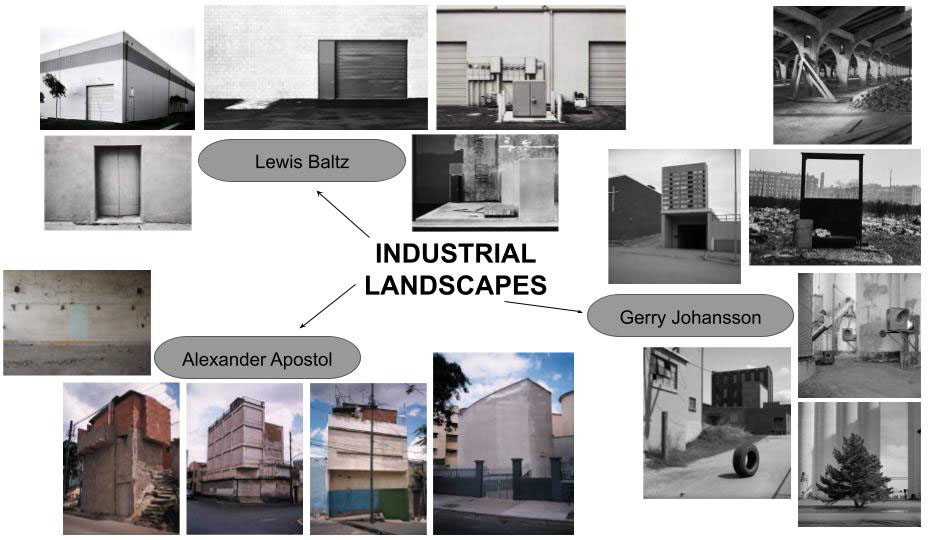Final Image

I chose this photograph as my final image for this urban/industrial project due to it’s strong similarities to the work of Frank Breuer and use of the formal elements. I believe this image reflects the industrialisation of the modern world, demonstrating the ever growing mass of manufactured products taking over the nature around us. In this image I have captured waste skips using natural sunlight, which due to the sun falling behind them, has created harsh shadows underneath. I decided to photograph this landscape in such a way to connote the theme of a post-industrial capitalist society casting a shadow over the world as it destroys the beauty of nature. Additionally, these dark shadows could be compared and seen as similar to clouds of smog from atmospheric pollution, reflecting how harmful it is that this urbanisation of our world is increasing rapidly. Furthermore, I have captured repetition of thin straight lines that fall across the warehouse in the background of my image. These lines demonstrate uniformity and present the idea that the incline in modern infrastructure has lead to a homogeneous society, where things like architecture and people are robotic and indifferent. Due to the sun’s reflection on this building, the lines are highlighted and resemble structures like prison bars or cages- further connoting the concept that society is stuck in an industrial trap and locked away from the importance of our natural environment. Moreover, to imitate the work of Frank Breuer I have edited my image slightly by increasing the whiteness and exposure to mimic his blank backgrounds. I believe this editing choice has really added to the overall message of my piece, with the negative space representing how barren and empty our beautiful natural landscapes are becoming as a result of growing industrialisation. In addition, the colour palette of this image is limited, with a subtle peachy hue sweeping across it and the only pops of colour coming from the skips themselves. This relates to Breuer’s work and connotes the idea that society is devoid of originality and inventiveness through the lack of colour and repetition of shape.
Image Comparison
I decided to compare this image from Frank Breuer’s study of ‘Containers’ in 2002 to my image of stacks of crates at the harbour due to their wide range of similarities within the formal elements. The first obvious similarity is that both Breuer and I have captured saturated primary colours as the main tones in our images. The use of the colours red, blue and yellow allude to the simple nature of how these industrial structures are becoming so normalised in our modern world, with the three most basic colours representing its triviality. The bright vibrancy of both images also draws focus to the urbanised structures, helping us understand the importance of the subject and how its impacting our world. Furthermore, Breuer’s and my image each contain repetition of geometric shapes which create echoed patterns throughout the photograph. In my image, I have captured repeated rectangle shapes which represent the uniformity and capitalist view of society- each rectangle a member of modern civilisation. In Breuer’s image, his repeated rectangles are larger and appear to be more solid stable structures- perhaps connoting the idea that our community is too set in its ways to change the clear neglect of our natural world- as if we are stuck in a looped pattern of destruction. Nevertheless, there is a difference between the types of repetition seen in each image, as Breuer has also captured it in the reflection from the puddle in the foreground of his image. These reflections could symbolise repetition from the past, as if we are being reminded of times where the industrialisation of our planet lead to some of the most devastating times in history such as pollution from the Industrial Revolution leading to a massive impact of global warming and the depletion of natural resources. Additionally, the comparison of these images highlights the difference in how our world has become even more modernised since Breuer’s was taken. For example, in Breuer’s photograph we can see a clear skyline of negative space, reflecting the barren landscapes urbanisation creates, yet in my image there are several industrial structures in the background as well as the foreground. This demonstrates how the industrialisation of our world is still growing rapidly to this day, with the two cranes in my photos background alluding to the increasing likelihood our actions and constant elimination of our natural world- though the time may be far away- will catch up to us eventually.
